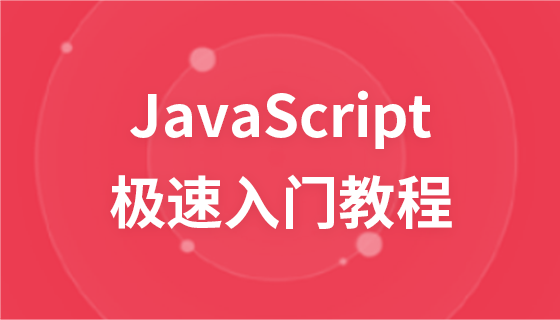如何優雅地處理 Java 框架中的例外使用例外處理框架:使用 Spring 的 @ControllerAdvice 和 @ExceptionHandler 等框架簡化異常處理。區分異常類型:使用特定類型異常表示不同錯誤,例如無效參數、資源未找到和資料庫存取錯誤。提供有意義的使用者訊息:避免通用錯誤訊息,而是提供特定於異常類型的具體資訊。記錄異常:使用日誌框架記錄異常及其堆疊追蹤以供進一步分析。傳回適當的 HTTP 狀態碼:根據異常類型傳回對應的 HTTP 狀態碼,例如 404 未找到或 500 內部伺服器錯誤。

如何優雅地處理Java框架中的異常
在Java Web開發中,優雅地處理異常對於創建穩健且用戶友好的應用程式至關重要。以下是一些最佳實踐:
使用異常處理框架
使用異常處理框架可以簡化和標準化例外處理過程。建議的框架包括:
import org.springframework.web.bind.annotation.ControllerAdvice;
import org.springframework.web.bind.annotation.ExceptionHandler;
@ControllerAdvice
public class GlobalExceptionHandler {
@ExceptionHandler(Exception.class)
public String handleException(Exception ex) {
// Log the exception
logger.error("Exception occurred", ex);
// Return a custom error page
return "error";
}
}區分不同類型的異常
#並非所有的例外都是平等的。使用特定類型的例外來表示不同類型的錯誤,例如:
IllegalArgumentException:傳遞無效參數ResourceNotFoundException:找不到請求的資源DataAccessException:資料庫存取錯誤提供有意義的使用者訊息
當發生錯誤時,向用戶提供有意義的訊息至關重要。避免使用通用錯誤訊息,例如“內部伺服器錯誤”。相反,提供特定於錯誤類型的具體資訊。
記錄異常
即使您可以向使用者提供友善訊息,也應記錄異常以供進一步分析。使用日誌框架(例如Log4j)將異常及其堆疊追蹤記錄到日誌檔案中。
傳回適當的HTTP狀態碼
每個錯誤類型都應傳回對應的HTTP狀態碼。例如:
400 BadRequest:無效參數404 NotFound:資源找不到##500 InternalServerError:伺服器錯誤#實戰案例
考慮以下範例程式碼:
@GetMapping("/api/customers/{id}")
public Customer getCustomer(@PathVariable int id) {
try {
return customerService.getCustomerById(id);
} catch (CustomerNotFoundException e) {
return ResponseEntity.notFound().build();
} catch (Exception e) {
return ResponseEntity.internalServerError().build();
}
}在這個範例中:
CustomerNotFoundException來表示資源找不到的情況。 Exception)被記錄並傳回內部伺服器錯誤狀態碼。 以上是如何優雅地處理Java框架中的異常的詳細內容。更多資訊請關注PHP中文網其他相關文章!

